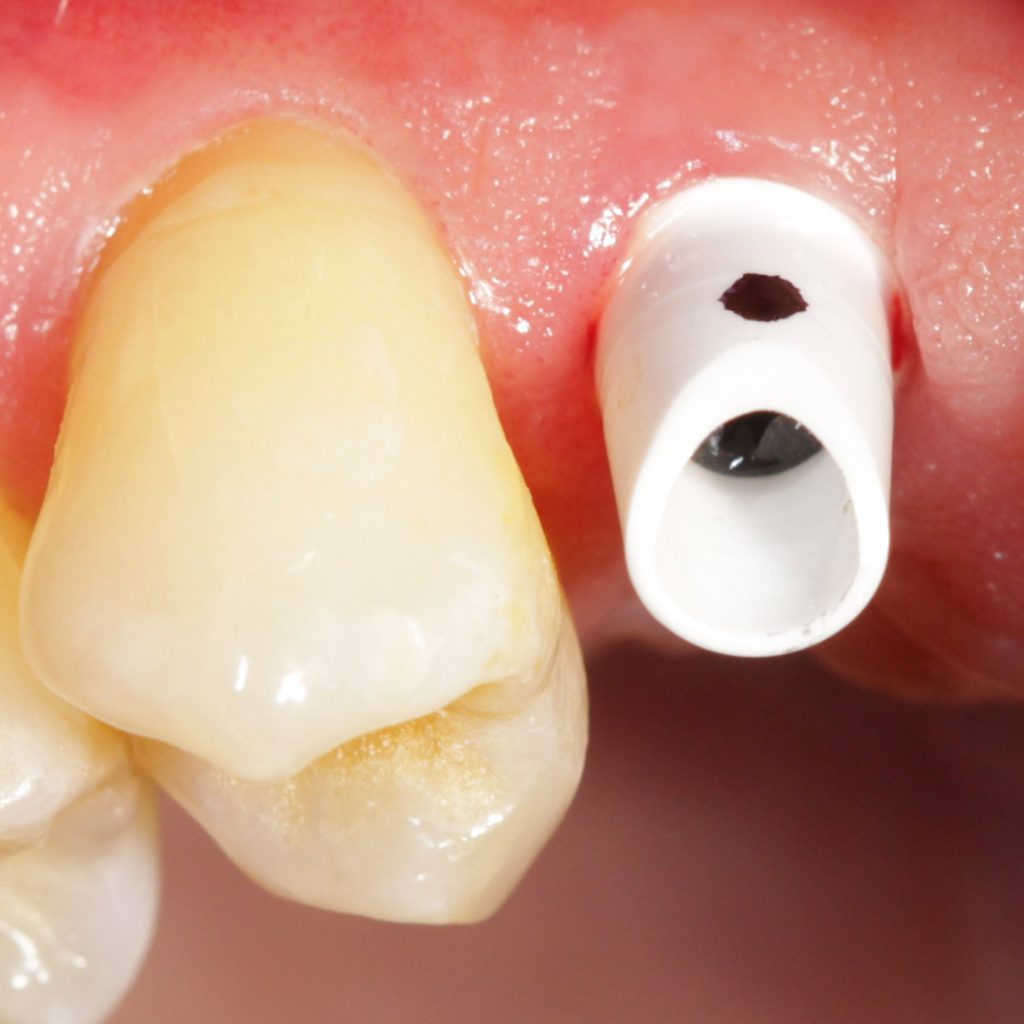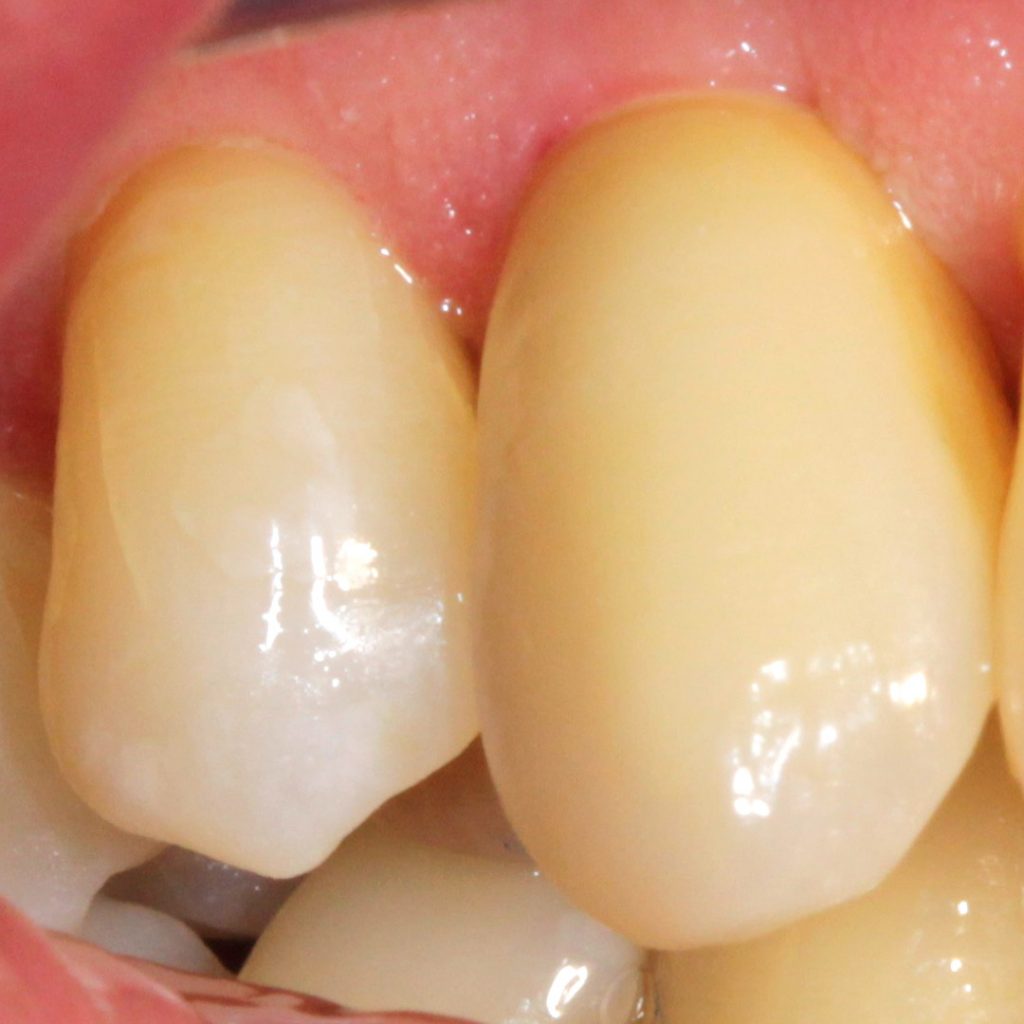- Theory of physics and differences to titanium dioxide
- Development of zirconium implants
- Relevance of the surface for osseointegration
- Clinical case studies
- Do’s and dont’s
- Troubleshooting
- Hands-on
Course duration: 10:00 AM to 5:00 PM, including café and lunch break

